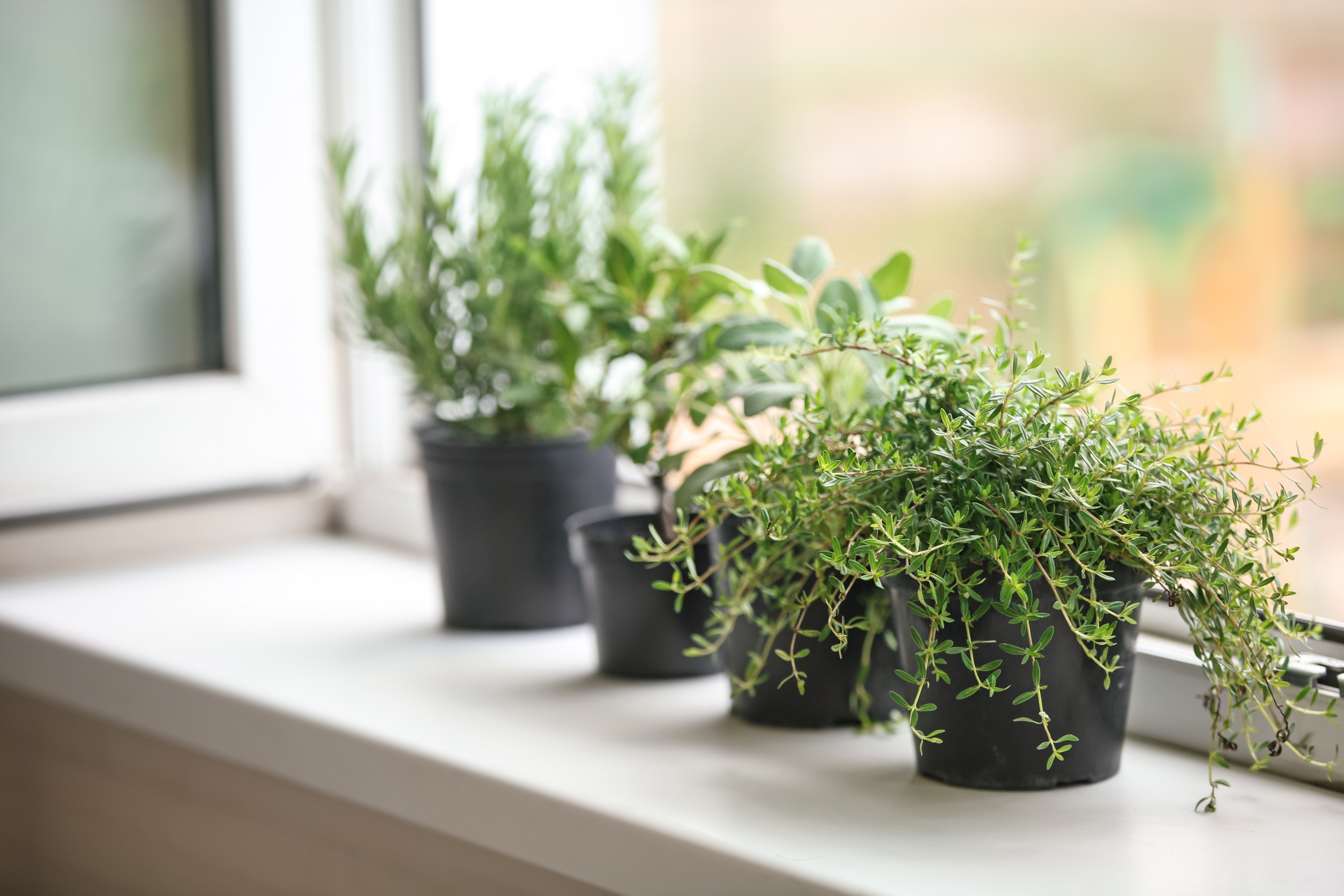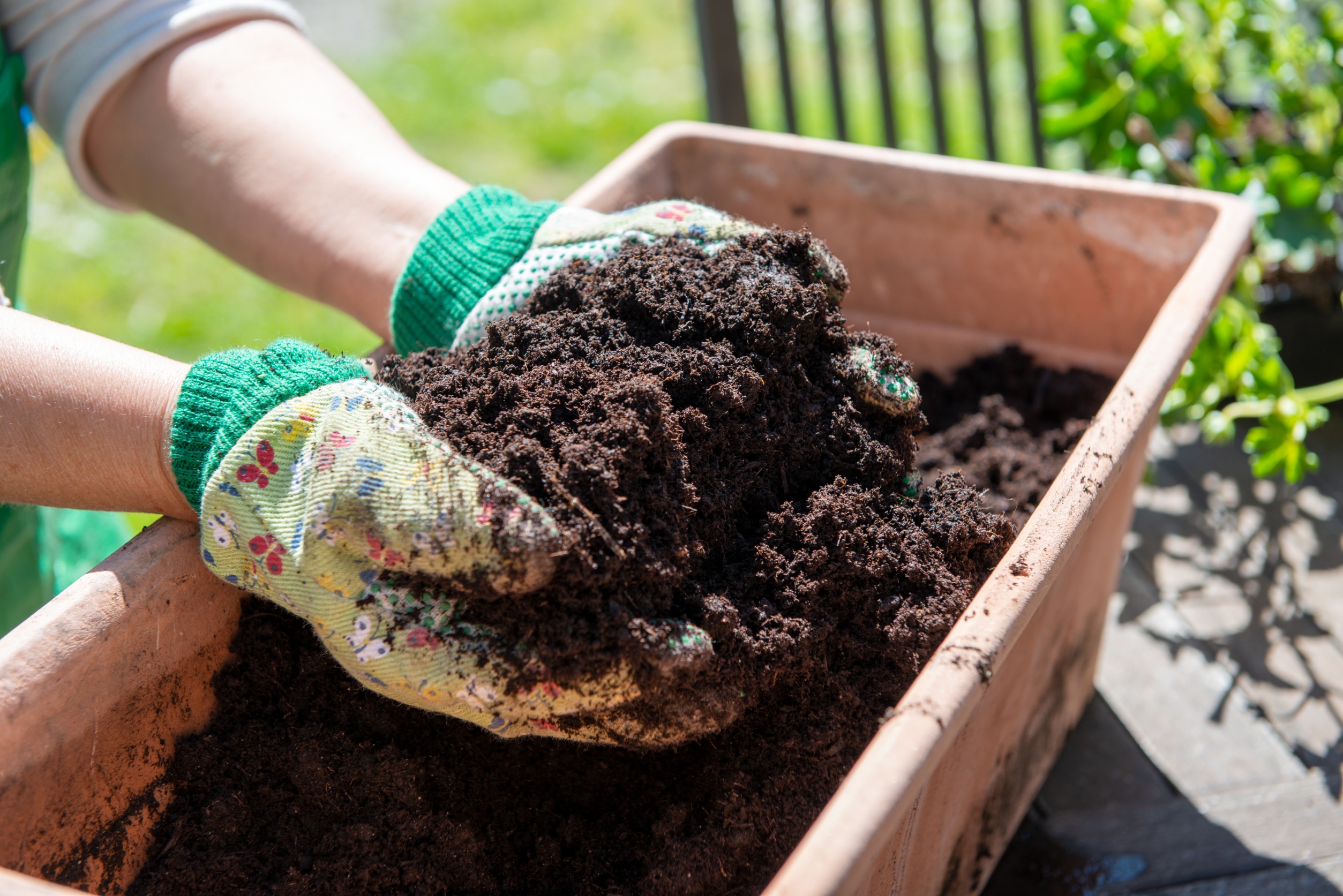
123rf
If you’re looking to bring some fresh, homegrown herbs into your kitchen, an indoor herb garden is the perfect solution. Not only does it add greenery to your home, but it also provides you with fresh flavors at your fingertips. Whether you’re a seasoned gardener or a complete beginner, creating an indoor herb garden can be a fun and rewarding experience. Let’s dive into the steps to set up your herb haven and enjoy aromatic, flavorful herbs all year long.
1. Choose the Right Herbs for Your Space
When starting your herb garden, it’s important to select herbs that will thrive indoors. Popular options like basil, thyme, mint, and parsley are easy to grow and adapt well to indoor conditions. Consider the lighting and space available in your home, as some herbs need more sunlight than others. Opt for herbs that complement your cooking style, so you’ll always have fresh ingredients on hand. Mixing a variety of herbs not only boosts flavor diversity but also adds visual interest to your indoor garden.
2. Find the Perfect Spot for Your Herb Garden
Location is key when growing herbs indoors. Most herbs require plenty of sunlight—at least six hours of bright, indirect light daily. A sunny windowsill or a spot near a glass door is ideal for most herbs. If natural light is limited, consider using grow lights to provide your herbs with the light they need to flourish. Ensuring your herbs get enough light will keep them healthy and flavorful.
3. Select the Right Containers
Choosing the right containers for your herbs is just as important as choosing the herbs themselves. Pots with good drainage are essential, as herbs don’t like soggy roots. Terracotta, ceramic, or plastic pots with drainage holes are ideal. Make sure the containers are large enough for the herbs to grow comfortably without becoming root-bound. For a stylish touch, consider using decorative pots that complement your home’s decor.
4. Use High-Quality Potting Mix

123rf
Herbs need well-draining soil to thrive, so using a high-quality potting mix is a must. Avoid garden soil, as it can become compacted and doesn’t drain well in containers. Look for a potting mix that contains organic matter like compost or peat moss to provide the nutrients your herbs need. Some potting mixes are specially formulated for herbs and vegetables, making them an excellent choice for your herb garden. Regularly refreshing the soil will ensure your herbs stay healthy and productive.
5. Water Your Herbs Properly
Watering your herb garden correctly is crucial to its success. Most herbs prefer to dry out slightly between waterings, so avoid overwatering, which can lead to root rot. Use a moisture meter or check the soil with your finger to determine when it’s time to water. Always water at the base of the plant, avoiding the leaves, and make sure excess water can drain away. Consistent watering keeps your herbs lush and fragrant without drowning them.
6. Fertilize Your Herbs Sparingly
Herbs grown indoors don’t require as much fertilizer as outdoor plants, but they still benefit from light feeding. Use an organic liquid fertilizer or a slow-release option every few weeks during the growing season. Be careful not to over-fertilize, as too many nutrients can lead to leggy growth and reduced flavor. Diluting your fertilizer to half-strength ensures your herbs get just the right amount of nutrition. A little goes a long way in keeping your herb garden thriving.
7. Prune Regularly for Healthy Growth
Pruning your herbs is essential for encouraging bushy, healthy growth. Regularly pinch back the tops of your herbs, especially basil and mint, to prevent them from becoming tall and spindly. Removing dead or yellowing leaves also helps the plant focus energy on producing new, vibrant foliage. Pruning encourages new growth and improves the overall health of your plants, ensuring a continual supply of fresh herbs. Plus, the more you trim, the more you’ll have to use in your cooking!
8. Combat Common Indoor Pests

123rf
Even indoor herb gardens can be affected by pests. Aphids, spider mites, and whiteflies are common culprits that can attack your herbs. Keep an eye out for signs of infestation, such as discolored leaves or sticky residue. Combat pests with organic solutions like neem oil, and insecticidal soap, or by simply wiping the leaves with a damp cloth. Regularly inspecting your herbs ensures that pests don’t take over and keeps your plants healthy.
9. Harvest Your Herbs at the Right Time
Knowing when to harvest is crucial for getting the best flavor from your herbs. Most herbs can be harvested once they’ve grown a few inches tall, but always leave enough foliage so the plant can continue to grow. Harvesting in the morning, before the sun is at its peak, ensures the oils and flavors in the herbs are at their strongest. Snip the herbs with clean scissors or pruning shears to avoid damaging the plant. Regular harvesting encourages continuous growth, giving you an endless supply of fresh herbs.
10. Enjoy Your Fresh Herbs in the Kitchen
One of the best parts of having an indoor herb garden is enjoying the fruits of your labor! Fresh herbs elevate any dish, adding vibrant flavors and aromas to your meals. From sprinkling basil over pasta to using thyme in roasted vegetables, the possibilities are endless. Experiment with different recipes and let your homegrown herbs take center stage in your cooking. Not only will your meals taste better, but you’ll also enjoy the satisfaction of knowing they came from your own herb garden.
Cultivate Flavor and Freshness Year-Round
Creating an indoor herb garden is a fun and rewarding way to bring freshness and flavor into your home. By choosing the right herbs, finding the perfect spot, and giving your plants the care they need, you’ll enjoy a bountiful supply of delicious herbs year-round. Plus, having fresh herbs on hand makes meal prep a breeze, adding that extra touch of homegrown goodness to every dish. Start your herb garden today and watch as your kitchen transforms into a hub of flavor and creativity!

Vanessa Bermudez is a content writer with over eight years of experience crafting compelling content across a diverse range of niches. Throughout her career, she has tackled an array of subjects, from technology and finance to entertainment and lifestyle. In her spare time, she enjoys spending time with her husband and two kids. She’s also a proud fur mom to four gentle giant dogs.
Leave a Reply